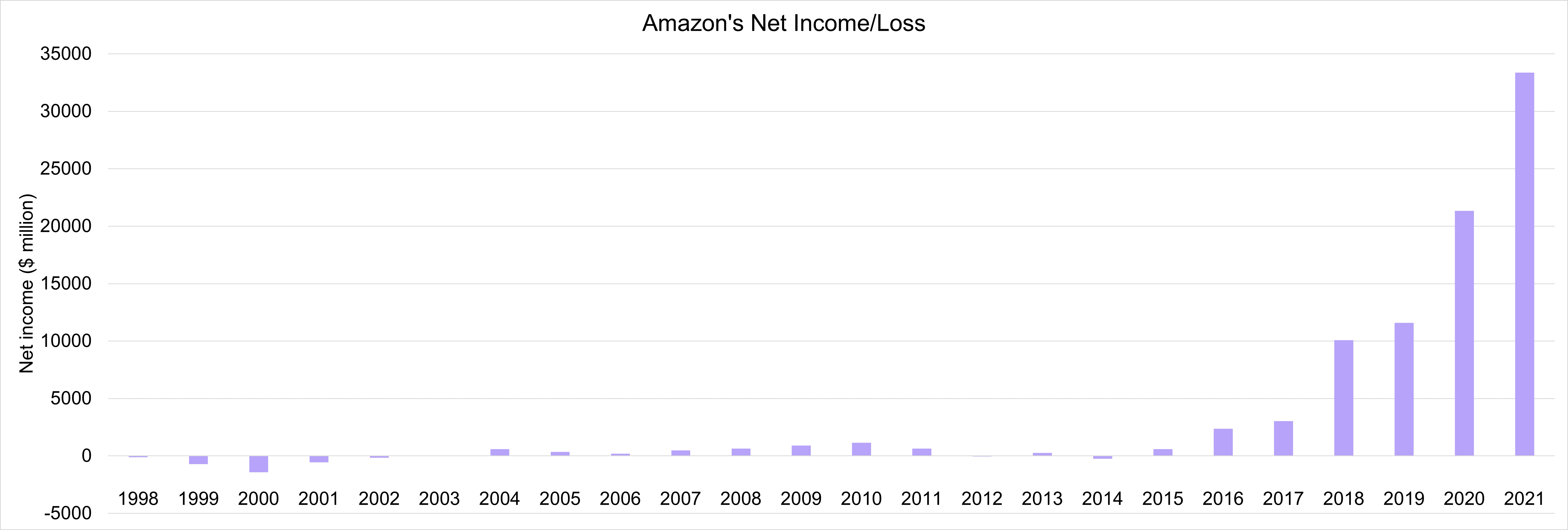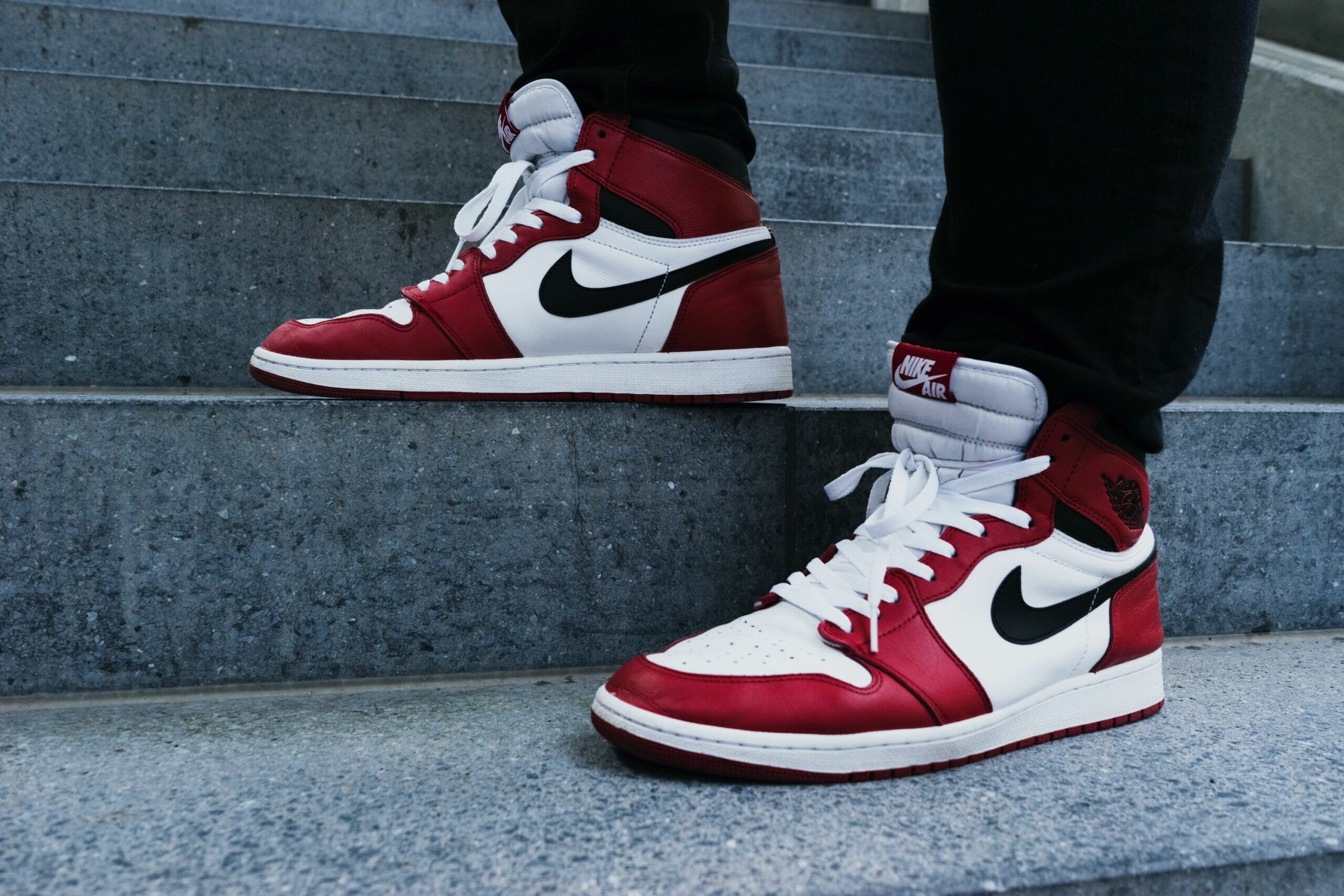Does it matter what this purpose is – or whether you have one? Yes. Not least because whether you’re a b2c or b2b brand, consumers increasingly buy based on whether a brand’s purpose fits with us – by that I mean our values, identity or our way of living/working.
Our Brand Love research has shown we’re much more likely to buy, three times more likely to recommend and twice as likely to stay loyal to brands whose purpose chimes with us.
And all of this has implications for the bottom line. For instance, when it comes to loyalty, in a typical online business, only eight percent of customers may be repeat buyers, but they account for a disproportionate 40% of turnover.
While on the recommendation front, Nielsen reports that people are 90% more likely to trust and buy from a brand recommended by a friend. Similarly, according to Harvard Business Review, 84% of buying decision-makers say the B2B buying process starts with a referral.
So, getting your brand purpose right is worth it as it drives buying, recommendations, loyalty – revenue!
But more than this. A clearly defined brand purpose also helps the business make decisions. It helps it hire the right people, invest in the right areas, decide its pricing strategy, choose the right partners, identify the right strategy – and focus on it.











